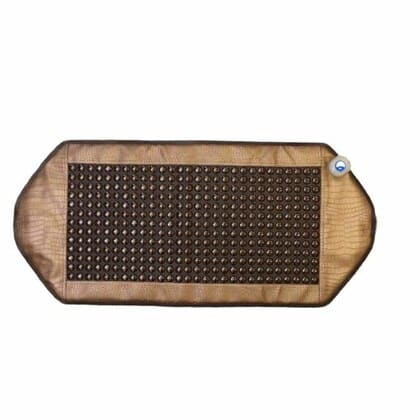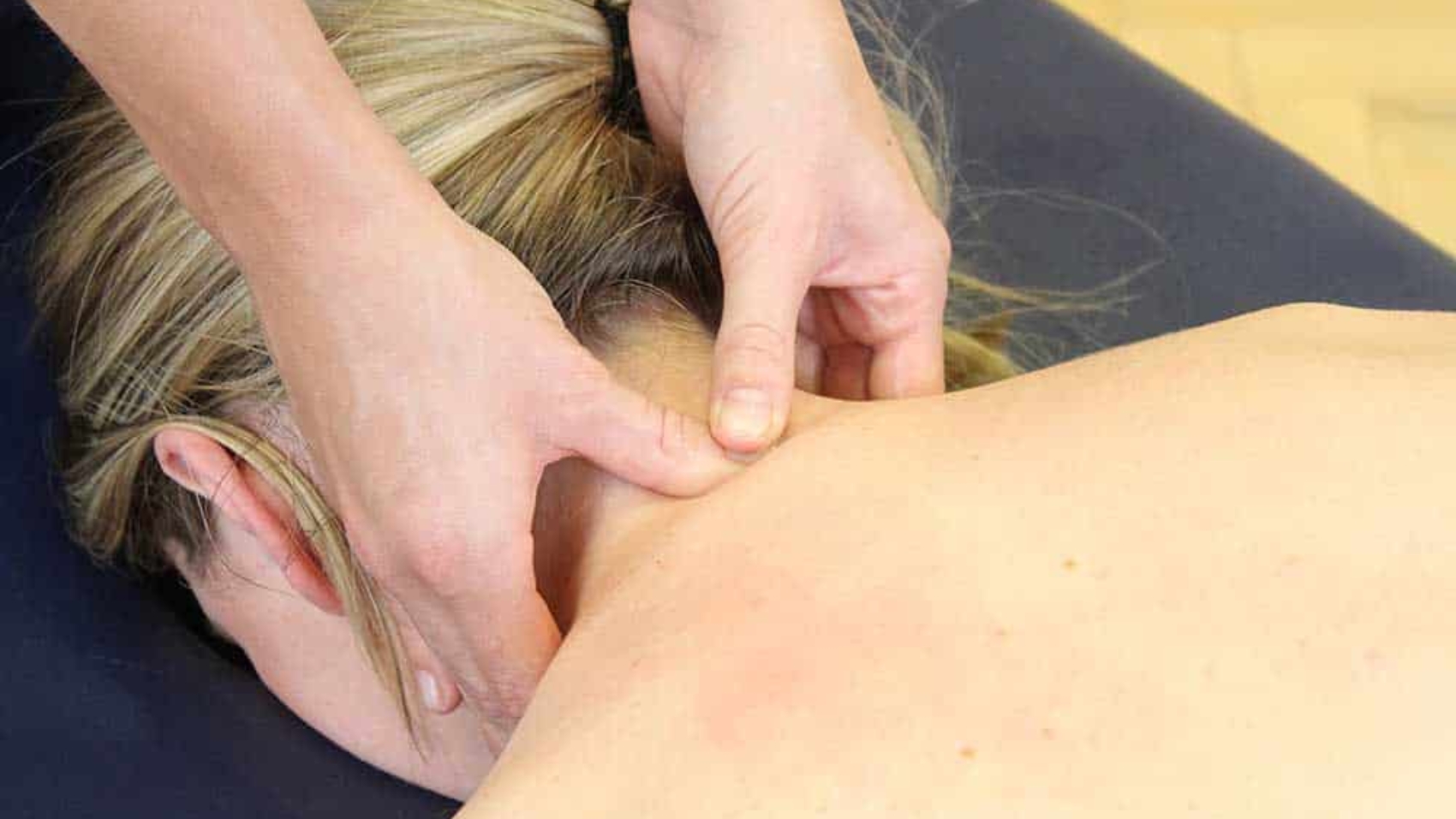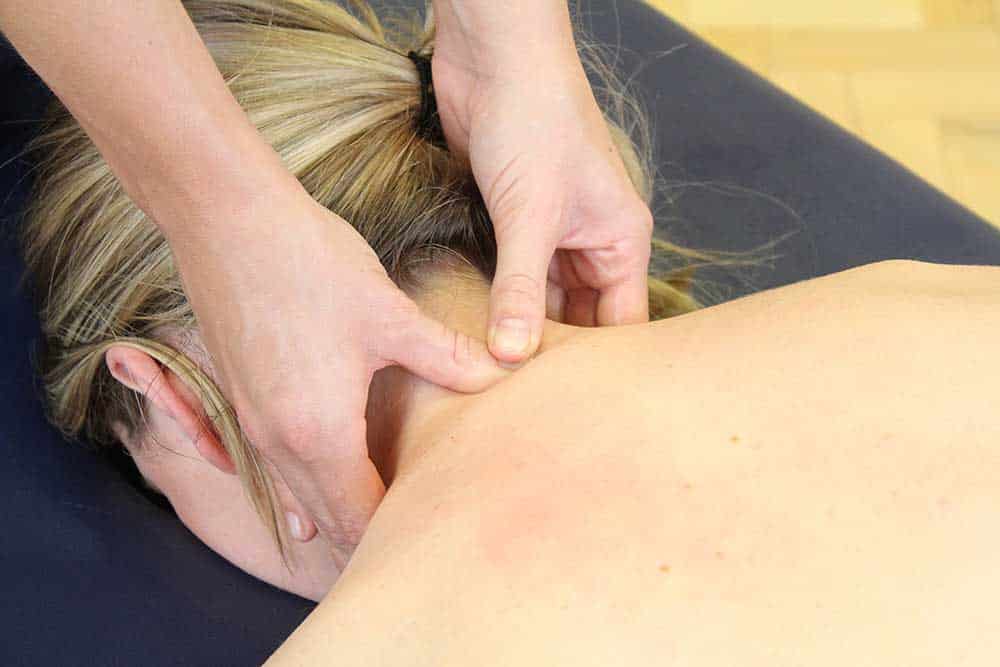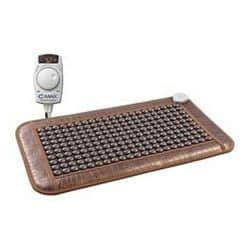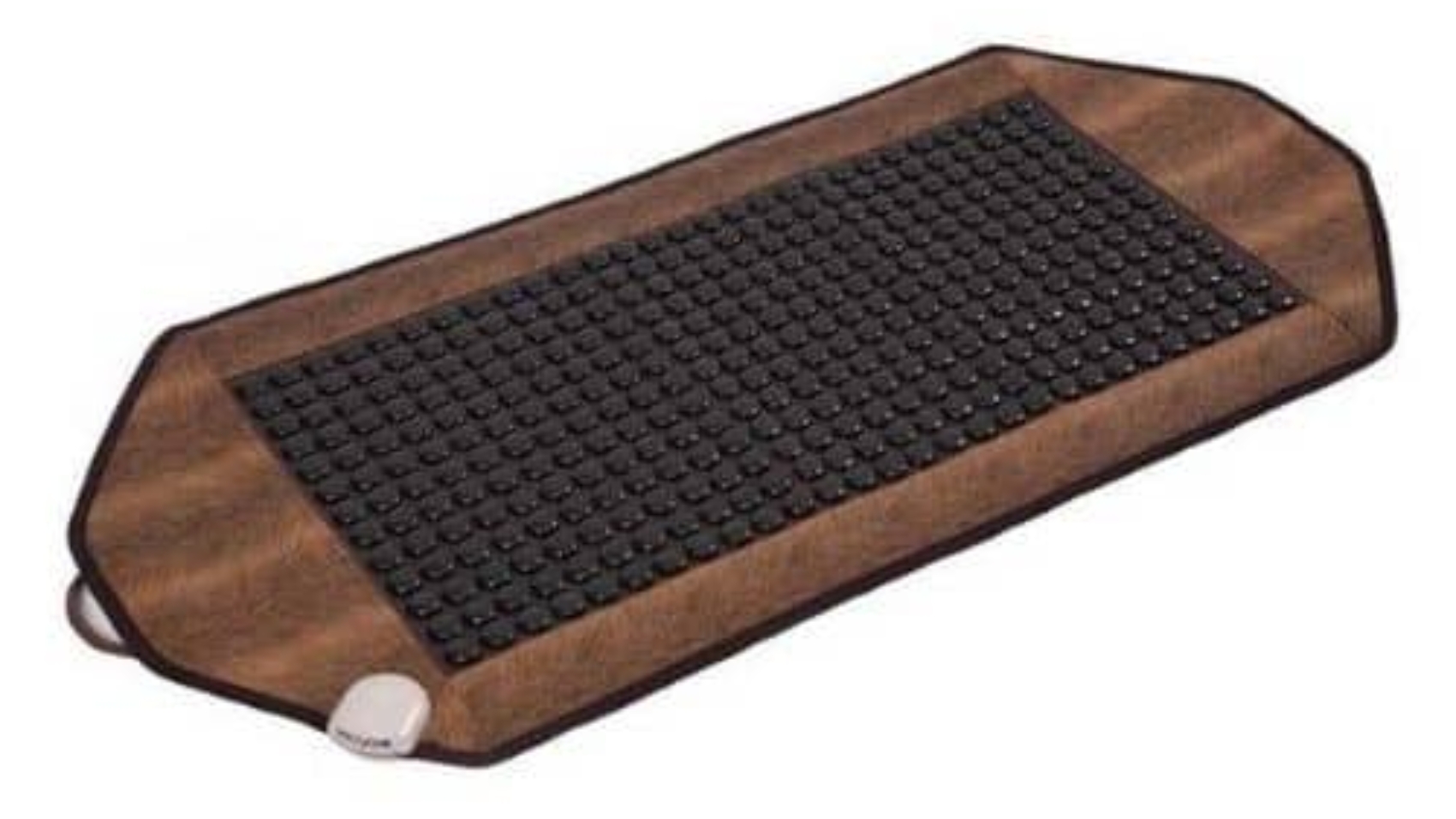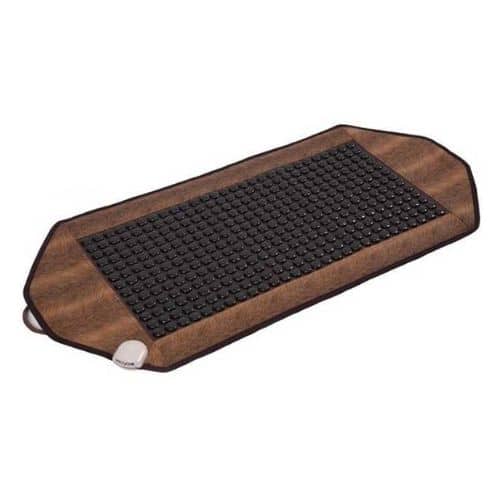Becoming pregnant is lovely, full of hope, joy, and challenging moments. Keeping a healthy, balanced diet is one of the most important things you can do to ensure a good pregnancy. However, figuring out what to eat can be daunting for pregnant mothers due to the abundance of food selections and dietary advice accessible. We will explore healthy pregnancy meals in this extensive guide, emphasizing tasty and simple options that meet the nutritional requirements of the growing baby and the mother.

Introduction to Healthy Pregnancy Meals
Pregnancy requires eating a well-balanced diet because it immediately both the mother’s and the unborn child’s health. Healthy pregnancy meals not only provide the essential nutrients needed for fetal development but also help manage common pregnancy symptoms such as morning sickness, fatigue, and cravings. This post will go over several delectable and simple meal ideas that are ideal for new mothers. You’ll find lots of suggestions to maintain a fun and wholesome diet, from filling dinners and snacks to healthy breakfasts.
The Importance of Eating Well During Pregnancy
Pregnancy requires a nutritious diet for several reasons. Above all, it guarantees that the infant receives all the nutrients required for healthy growth and development. A balanced diet can also help the woman control her weight gain, preserve her energy levels, and lower her chance of developing pregnancy-related illnesses including gestational diabetes and preeclampsia. Maintaining a nutritious diet also strengthens the immune system, protecting the mother and child from disease.
Essential Elements for a Healthy Pregnancy
When planning healthy pregnancy meals, it’s important to focus on key nutrients that support both maternal health and fetal development. Some of the essential nutrients include:
- Folic acid: Essential for maintaining the development of the baby’s brain and spinal cord and preventing neural tube abnormalities. present in beans, fortified grains, and leafy greens.
- Iron: Vital for boosting blood volume and guarding against anemia. found in spinach, legumes, and lean meats.
- Calcium: Vital for the growth of the baby’s teeth and bones. present in leafy greens, dairy products, and fortified plant-based milk.
- Protein: Aids in the development of the brain and other fetal tissues. found in dairy products, beans, eggs, and lean meats.
- Omega-3 Fatty Acids: Critical for the development of the brain and eyes. present in walnuts, flaxseeds, and fatty fish.
- Vitamin D: Boosts the immune system and aids in the absorption of calcium. found in sun exposure, fatty salmon, and fortified milk.
- Fiber: Promotes healthy digestion and lessens constipation. present in whole grains, legumes, fruits, and vegetables.
Breakfast Ideas for Healthy Pregnancy Meals
Maintaining energy levels and creating a positive atmosphere for the remainder of the day requires eating a healthy breakfast to start the day. Here are some delicious and easy breakfast ideas for healthy pregnancy meals:
- Oatmeal with Fresh Berries & almonds: Fiber, antioxidants, and good fats can be found in a warm cup of oatmeal topped with fresh berries and almonds. For additional protein, you may also add a dollop of Greek yogurt.
- Avocado Toast with Eggs: A poached or scrambled egg on top of whole-grain toast provides the ideal balance of fiber, protein, and healthy fats.
- Smoothie Bowl: Process your preferred fruits, spinach, protein powder, and almond milk together. Transfer into a bowl, then garnish with sliced fruit, granola, and chia seeds to provide some extra nutrition and texture.
- Greek Yogurt Parfait: For a quick and simple breakfast that is high in protein and antioxidants, layer Greek yogurt with granola and mixed berries.
- Whole Grain Pancakes with Fresh Fruit: For a hearty breakfast treat, make pancakes with whole grain flour, top with fresh fruit, and drizzle with maple syrup.
Lunch Ideas for Healthy Pregnancy Meals
You have the chance to consume nutrients throughout lunch that will sustain your energy levels throughout the afternoon. Here are a few delectable and nourishing lunch ideas for a pregnancy-friendly diet:
- Quinoa Salad with Veggies and Feta: Prepared quinoa, cucumber, cherry tomatoes, bell peppers, feta cheese, and a mild vinaigrette combine to make this cool salad. The vegetables offer vitamins and minerals, and the quinoa is a fantastic source of protein and fiber.
- Turkey and Avocado Wrap: Lean turkey slices, avocado, lettuce, and a dash of mustard are all wrapped up in a turkey and avocado wrap made with whole-grain tortillas. There’s a nice combination of fiber, healthy fats, and protein in this wrap.
- Lentil Soup: A filling bowl of lentil soup cooked with tomatoes, celery, carrots, and lentils. As a high-protein and iron food, lentils are ideal for a pregnant woman’s diet.
- Grilled Chicken Salad: A salad consisting of mixed greens, grilled chicken breast, cucumber, cherry tomatoes, and a mild balsamic dressing is called grilled chicken salad. This salad has a low-fat content and a high protein content.
- Veggie Stir-Fry with Brown Rice: Brown rice is the base for this vibrant stir-fry that is created with a variety of veggies, including carrots, bell peppers, broccoli, and snap peas. This dish is a great source of vitamins, minerals, and fiber.
Dinner Recipes for Healthy Pregnancy Meals
Dinner is an essential meal that should be both satisfying and nutritious. Here are some dinner recipes for healthy pregnancy meals:
- Baked Salmon with Quinoa and Roasted Asparagus: Baked salmon fillets topped with quinoa and roasted asparagus, seasoned with lemon and herbs. Omega-3 fatty acids are abundant in salmon and are essential for the development of the fetus’s brain.
- Stir-fried Chicken and Vegetables: This is a simple and quick dish that is served over brown rice and includes chicken breast, bell peppers, broccoli, and snap peas. This recipe is a fantastic way to obtain veggies and lean protein.
- Stuffed Bell Peppers: Stuffed bell peppers are made by stuffing them with a blend of spices, brown rice, black beans, and ground turkey. Protein, fiber, and vitamins abound in this dish.
- Vegetarian Chili: Made with beans, tomatoes, bell peppers, and corn, this chili is tasty and substantial. This vegetarian choice has a lot of fiber and protein.
- Spaghetti with Spinach and Ricotta: Ricotta, spinach, and garlic are combined to make a sauce that is mixed with whole-grain spaghetti. This dish is high in iron and calcium.
Snack Suggestions for Healthy Pregnancy Meals
Maintaining energy levels and reducing cravings in between meals requires the consumption of healthy snacks. Here are some snack ideas for healthy pregnancy meals:
- Almond Butter on Sliced Apples: Almond butter on sliced apples offers a filling blend of fiber and good fats.
- Greek Yogurt with Honey and Nuts: Packed with protein and good fats, a bowl of Greek yogurt is garnished with a drizzle of honey and a few almonds.
- Hummus & Veggie Sticks: A crunchy and nourishing snack made of carrot, cucumber, and bell pepper sticks dipped in hummus.
- Pineapple with Cottage Cheese: A dish of cottage cheese with slices of fresh pineapple on top makes a tasty and high-protein snack.
- Trail Mix: Packed with protein, fiber, and good fats, this blend of nuts, seeds, and dried fruit is a perfect on-the-go snack.
Hydration and Healthy Beverages
Staying hydrated is crucial during pregnancy, as it supports increased blood volume and amniotic fluid levels. Here are some healthy beverage options to include in healthy pregnancy meals:
- Water: To stay hydrated, try to consume 8 to 10 glasses of water each day.
- Herbal Teas: Herbal teas with calming properties, such as chamomile, peppermint, and ginger, can aid with nausea and digestion.
- Milk: Fortified plant-based milk or dairy products provide calcium and vitamin D.
- Fruit-Infused Water: To make a cool and tasty beverage, add slices of lemon, cucumber, or berries to the water.
- Smoothies: For a nutrient-rich drink, blend yogurt, fruits, and veggies.
Foods to Avoid During Pregnancy
While planning healthy pregnancy meals, it’s essential to be aware of certain foods to avoid to ensure the safety of both the mother and the baby. Some foods to avoid include:
- Raw or Undercooked Seafood: To lower your chance of contracting a foodborne illness, stay away from raw oysters, sushi, and sashimi.
- Unpasteurized Dairy Products: To avoid contracting listeria, stay away from soft cheeses manufactured from unpasteurized milk, such as feta and Brie.
- Processed Meats: Steer clear of hot dogs, deli meats, and smoked meats because they may contain listeria.
- High-Mercury Fish: To avoid mercury poisoning, stay away from fish high in mercury, such as swordfish, king mackerel, and tilefish.
- Caffeine: To lower the chance of miscarriage and low birth weight, limit your daily caffeine intake to 200 mg, or around one 12-ounce cup of coffee.
Advice for Expectant Mothers on Meal Planning
Preparing healthy pregnancy meals can be made easier with meal planning, which also guarantees that you’re getting a range of nutrients. Here are some pointers for efficient meal preparation:
- Plan Ahead: Set aside a day per week to make a grocery list and plan your meals.
- Cooking in Bulk: Make a lot of food in advance and freeze portions for busy days.
- Keep It Basic: To save time and effort, concentrate on making basic meals using a few ingredients.
- Include Leftovers: Make inventive use of leftovers to cut down on food waste and save time.
- Balance Your Plate: Try to have veggies, whole grains, and a source of protein at every meal.
Conclusion
In conclusion, healthy pregnancy meals are essential for the well-being of both the mother and the developing baby. Expectant moms can facilitate optimal fetal growth and maintain their health by prioritizing a well-balanced diet high in essential nutrients. Maintaining a healthy diet may be fun and achievable if you include tasty and simple food options in your daily routine. Recall to drink plenty of water, control your desires sensibly, and get help from medical professionals if necessary. You can have a happy and healthy pregnancy experience if you follow the correct nutritional guidelines.




